The inversion of optical rotation is caused by changes in the polymer's conformation 4 CONCLUSIONS Though molecular rotation dependence on the wavelength offer valuable information concerning the spatial arrangement of molecules in solution The molecular rotation of the investigated polymers displays a great dependence on the wavelengthCHEBI422 ChEBI ASCII Name (S)lactic acid Definition An optically active form of lactic acid having ( S )configuration Stars This entity has been manually annotated by the ChEBI Team Supplier Information We are unable to retrieve the vendor information for this entry at this timeNot define optical rotation but rather the orientation of bonding to a chiral atom Many "man made" compounds, including active pharmaceutical ingredients, have chiral centers and may be composed of enantiomeric pairs or racemates often designated by ± or RS and have opposing rotation and no optical activity
Optical Rotation Of Sucrose
If optical rotation produced by the compound
If optical rotation produced by the compound-If optical rotation produced by the compound (i) is 52° then that produced by that the compound (ii) is 1 52° 2 52° 3 0° 4 unpredictable If optical rotation produced by the compound (A) is 52°, the one produced by compound (B) is Sarthaks eConnect Largest Online Education Community If optical rotation produced by the compound (A) is 52°, the one produced by compound




25 If Optical Rotation Produced By The Co Organic Chemistry
Answer A pure sample of A would have \(\alpha = 75^{o}\) Optical purity or enatiomeric excess \( = \frac{50}{75} = 66 \%\) % major enantiomer \(= 66 \frac{34}{2} = \% \) 32 If the optical rotation produced by compound (I) is52° then the optical rotation produced by compound(II) Get the answers you need, now!Measurement of optical rotation is an important aid to detecting adulteration, as added compounds that might have been produced in bulk chemical synthesis will have chemicals with different optical activity from that of the natural oil View chapter Purchase book
Optical rotation, 'a' is the property shown by certain substances of rotating the plane of polarisation of polarised light Such substances are said to be optically active in the sense that they cause incident polarised light to emerge in a plane forming a measurable angle withIf optical rotation produced by the compound (A) is 52 ^o , the one produced by compound (B) isExplanation A polarimeter is a scientific instrument used to measure the angle of rotation caused by passing polarized light through an optically active substance advertisement 2 A solution of 01 g/mL of a pure R enantiomer in a 10 dm (ie, 10 cm) polarimeter rotates plane polarized light
Similarly the optical rotation of a mixedcomponent ingredient, intermediate, or finished product will have a characteristic optical rotation that may arise from the presence of several chiral compounds Once a standard is determined for the composite observed rotation, one can establish quality criteria based on optical rotationHence, there's no optical activity For chiral molecules (compounds exhibiting enantiomerism), such exact cancellation of individual rotation is not possible as the chiral molecule are not symmetrical This results in optical activity ie rotation of the planepolarised light, and it can be measured with a polarimeter Optical rotation is also known as optical activity It is the rotation of planepolarized light when a light beam is directed through certain materials These materials are known as optically active compounds The compounds that can be included in this group are called enantiomers or optical isomers
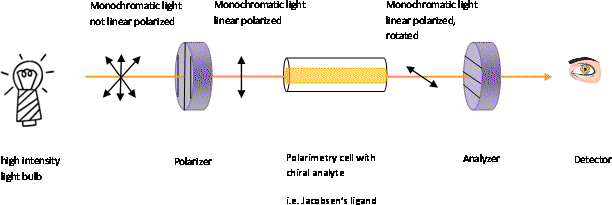



Polarimetry




If Optical Rotation Produced By The Compound A Is 65 0 Then Produced By The Compound B Is
NEET Chemistry Organic Chemistry Some Basic Principles And Techniques questions & solutions with PDF and difficulty levelThe principal uterinecontracting and milkejecting hormone of the posterior pituitary Together with the neuropeptide vasopressin, it is believed to influence social cognition and behaviourOxytocin is a cyclic nonapeptide hormone with amino acid sequence CYIQNCPLG that also acts as a neurotransmitter in the brain;




What Is Optical Activity And Specific Rotation Quora



Q Tbn And9gctece3zosyhk 7 Qondqfhfoosamdnrmojejmcuz5iqsgffj9uj Usqp Cau
The optical rotation is raw data, which does not include these corrections It is very important to pay attention which mode was used to acquire the data!OPTI 2L Geometrical and Instrumental Optics Lab 95 Q7 If the 10X objective is used with a 10X eyepiece, calculate the overall magnification of the microscope Q8 If the 10X objective is used with a 15X eyepiece, calculate the overall magnification of the microscope Model Microscope – Thin Lenses While hardly a commercial instrument, much can be learned by constructing aAnswer to If an optically pure compound has a specific rotation of 32 degrees, what would the optical activity of its diastereomers be?




If The Optical Rotation Produced By Ref Image I Is 36 Then The Optical Rotation Produced By Ref Image Ii
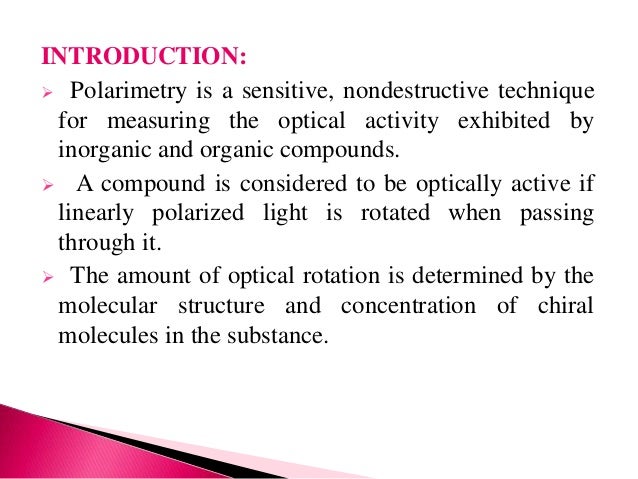



Polarimetry
Since optical activity gives a compound the ability to rotate planepolarized light, we can put a sample of the compound in between the polarizer and analyzer This will rotate the light, allowing some of it to get through the analyzer even when the filters are at right angles (Figure 13)A $$65^0$$ B $$65^0$$ C Zero D Unpredictable ANSWER Zero SOLUTION It is symetry along 23 bond So it has plane of symetry which makes it opticallyOptical rotation, also known as polarization rotation or circular birefringence, is the rotation of the orientation of the plane of polarization about the optical axis of linearly polarized light as it travels through certain materials Circular birefringence and circular dichroism are the manifestations of optical activity
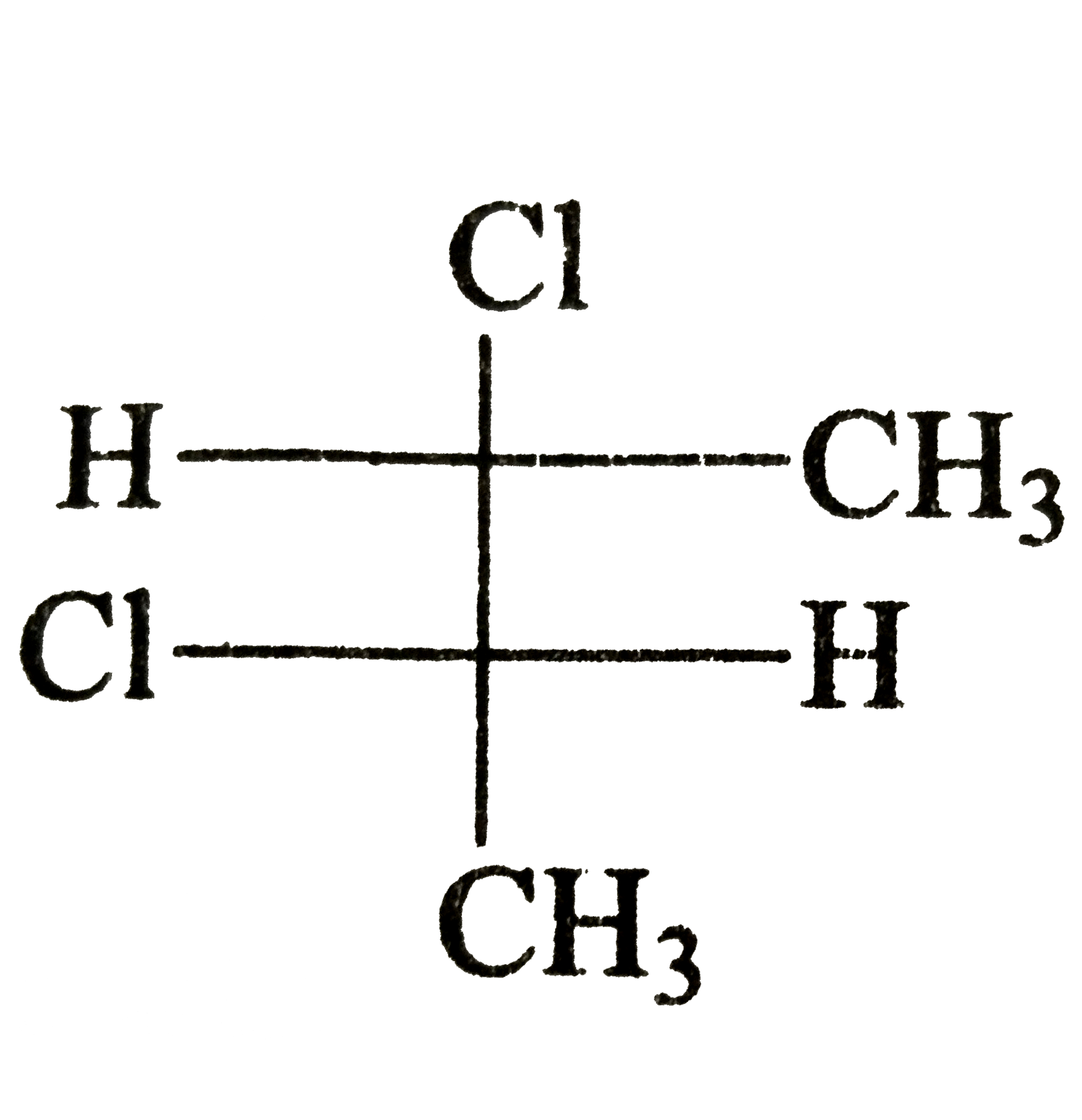



If Optical Rotation Produced By Img Src D10lpgp6xz60nq Cloudfront Net Physics Images z Chm Xi C13 E01 262 Q01 Png Width 80 Is 36 Then That Produced By Img Src D10lpgp6xz60nq Cloudfront Net Physics Images




Optical Rotation An Overview Sciencedirect Topics
The () enantiomer of compound A has an optical rotation of 75 o If a sample containing only compound A has an optical rotation of 50 o, what is the composition of the sample?If optical rotation produced by the compound A is $$65^0$$, then produced by the compound B is?Optical rotation (OR) at the sodium D line (αD) is one of the most common experimental data that characterizes an optically active compound, and it can be correlated with the absolute configuration by reliable algorithms1 In recent years, there has been increasing interest in the calculation of the optical rotation at the sodium D line




If The Optical Rotation Produced By The Compound A Is 52 The One Produced By Compound B Is Img Src D10lpgp6xz60nq Cloudfront Net Physics Images Ksv Org P1 C03 E01 072 Q01 Png Width 80




Optical Activity Calculation Of Optical Rotation Chegg Com
A chiral compound is optically active This means that it rotates the plane of polarization of plane polarized light If one enantiomer rotates it clockwise, its mirror image will rotate it exactly the same amount counterclockwiseEven the classic book, Optical Rotary Power by T Martin Lowry, 1964 lists several cases where the optical rotation changes in magnitude as well as sign with solvent change Optical activity, the ability of a substance to rotate the plane of polarization of a beam of light that is passed through it (In planepolarized light, the vibrations of the electric field are confined to a single plane) The intensity of optical activity is expressed in terms of a quantity, called specific rotation, defined by an equation that relates the angle through which the plane is



Optical Rotation Of Sucrose




Ppt Optical Activity Optical Rotation Powerpoint Presentation Free Download Id
OPTICAL ROTATION This is a property of the arrangement in space of the atoms in a compound, ie their stereochemistry A carbon atom with four different groups attached to it by single bonds is said to be asymmetric This was previously described under isomerism in Chapter 2 The specific rotation of a chemical compound α is defined as the observed angle of optical rotation α when planepolarized light is passed through a sample with a path length of 1 decimeter and a sample concentration of 1 gram per 1 deciliter The specific rotation of a pure material is an intrinsic property of that material at a given wavelength and temperatureOptical rotation definition the angle through which planepolarized light is rotated in its passage through a Meaning, pronunciation, translations and examples
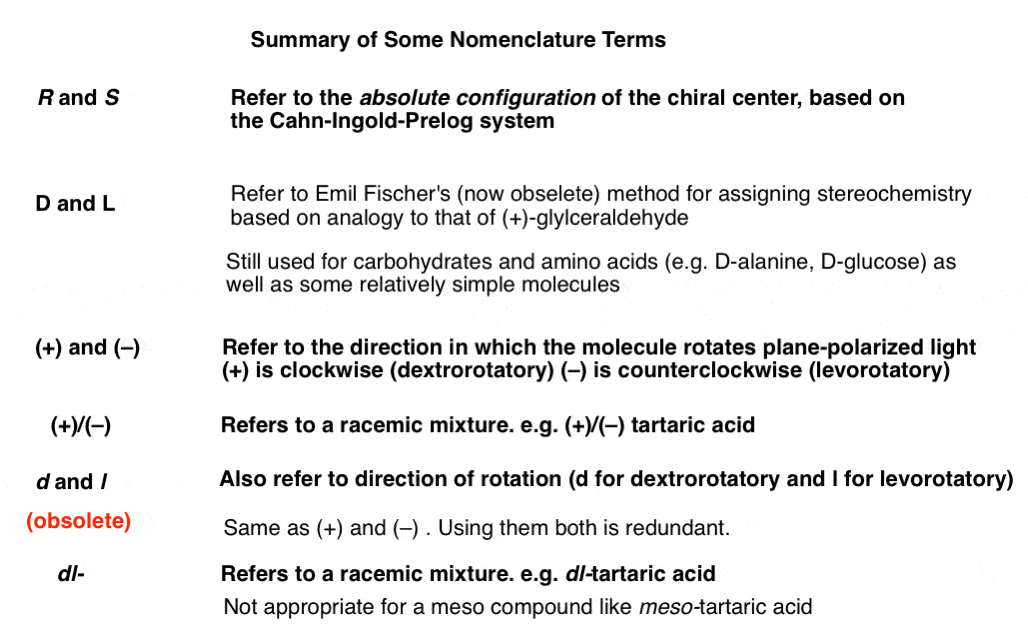



Optical Rotation Optical Activity And Specific Rotation




25 If Optical Rotation Produced By The Co Organic Chemistry
Ochratoxin A is a phenylalanine derivative resulting from the formal condensation of the amino group of Lphenylalanine with the carboxy group of (3R)5chloro8hydroxy3methyl1oxo3,4dihydro1H2benzopyran7carboxylic acid (ochratoxin alpha)It is among the most widely occurring foodcontaminating mycotoxins, produced by Aspergillus ochraceus, Aspergillus Chiral molecules exhibit optical activity, so enantiomers are also sometimes called optical isomers The two enantiomers of such compounds may be classified as levorotary (lisomer) or dextrorotary (disomer) depending on whether they rotate planepolarized light in a left () or right () handed manner, respectivelyAs mentioned earlier, polarimetry can be used to determine optical purity of enantiomers Example 2 The observed specific optical rotation of a compound is α= 700 o
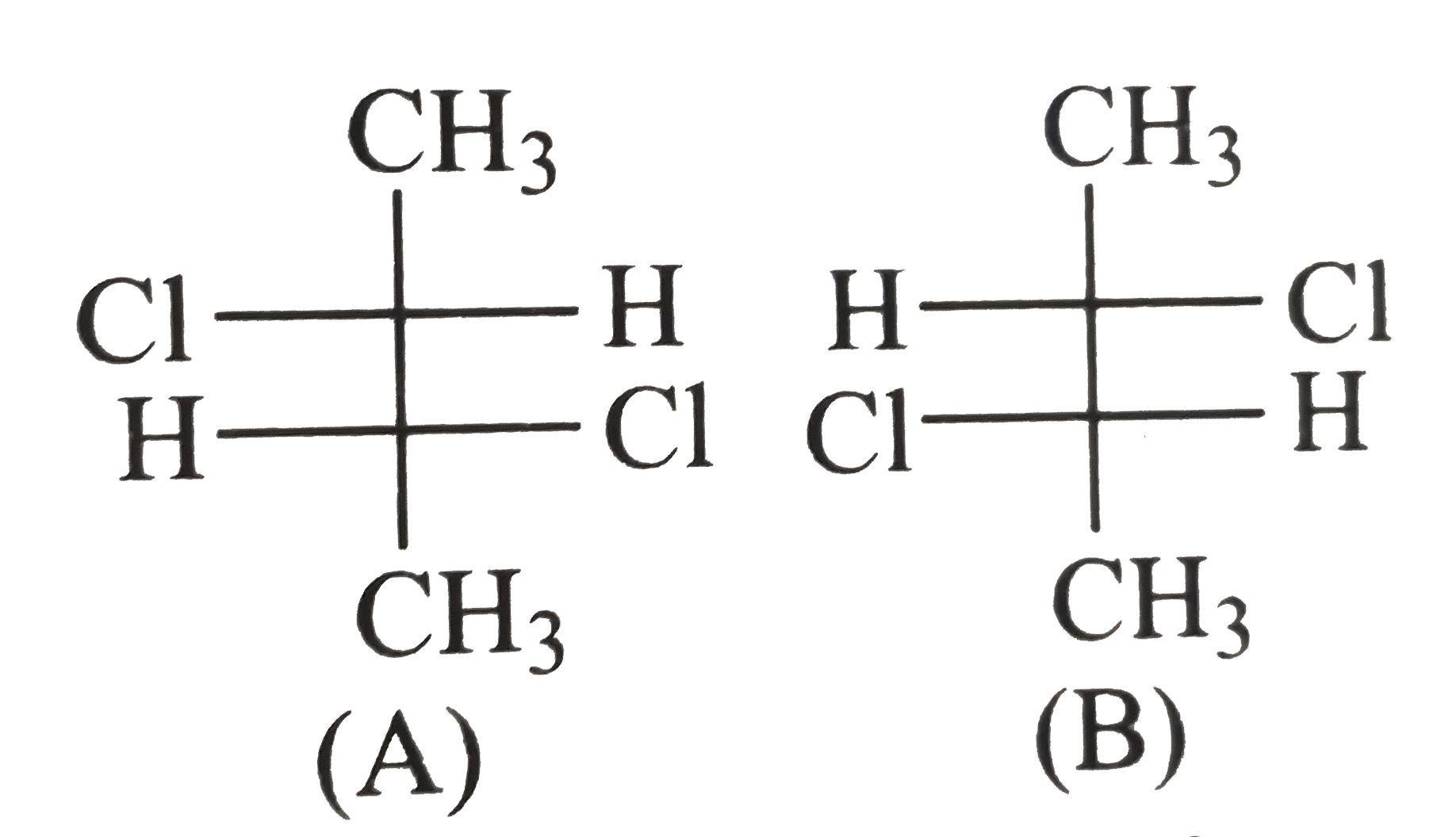



If The Optical Rotation Produced By The Compound A Is 52




5 4 Optical Activity Because The Structures Of Enantiomers Are So Similar Many Of Their Properties Are Identical If You Have A Sample Of A Chiral Compound Ppt Download
Specific Optical Rotation – For a specific chemical compound when angle of rotation of plane of polarized light is measured at a path length of one decimeter and concentration of one gram per ml is called specific optical rotation of that compound For a pure substance specific optical rotation is an intrinsic propertyIn other words, the specific rotation of a chiral compound is the optical rotation that is observed when 1 g of the compound is dissolved in enough of a given solvent to make 100 mL solution, and the rotation is measured in a 1 dm cuvette at 25 o C using light from a sodium lampThis phenomenon is known as optical activity, and compounds that rotate the plane of polarized light are said to be optically active Figure 4 demonstrates how two pieces of polarizing material may be used to measure the specific rotation of an optically active compound with a device known as a polarimeter




If Optical Rotation Produced By Img Src D10lpgp6xz60nq Cloudfront Net Physics Images Grb Chm Org Hp C02 E01 187 Q01 Png Width 80 Is 36 Then That Produced By Img Src D10lpgp6xz60nq Cloudfront Net




Optical Rotation Of Sucrose
If optical rotation produced by is 36° then that produced by is (1) – 36° (2) 0° (3) 36° (4) Unpredictable The standard measurement for rotation for a specific chemical compound is called the specific rotation, defined as an angle measured at a path length of 1 decimeter and a concentration of 1g/ml The specific rotation of a pure substance is an intrinsic property In solution, the formula for specific rotation is (1) α λ T = α I ⋅ cIf the optical rotation produced by the compound `(A)` is `52^(@)`, the one produced by compound `(B)` is
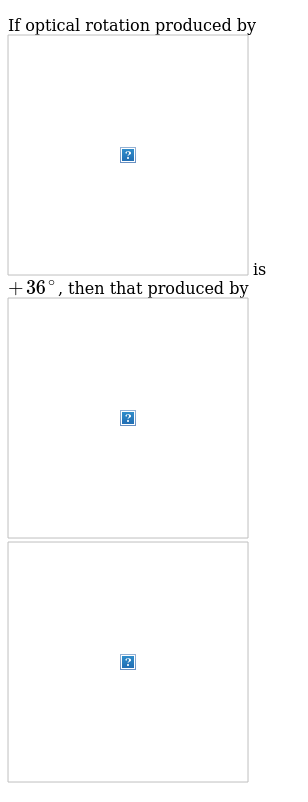



If Optical Rotation Produced By Img Src D10lpgp6xz60nq Cloudfront Net Physics Images z Chm Xi C13 E01 262 Q01 Png Width 80 Is 36 Then That Produced By Img Src D10lpgp6xz60nq Cloudfront Net Physics Images



Www S4science At Wordpress Wp Content Uploads 18 12 Sh App Note P2 Starch Eng V2 Pdf
25 If optical rotation produced by the compound A is 65°, then produced by the compound B is CH, CW 30 H HO OH H H H CH, OH OH CH, CH, AC Melo seoon A (1) 65° (3) Zero B (2) 65° (4) Unpredictable AnswerIf optical rotation produced by the compound (i) is 52° then that produced by that the compound (ii) is 1 52° 2 52° 3 0° 4 unpredictableThe magnitude of the angle through which an enantiomer rotates planepolarized light depends on four quantities (1) the wavelength of the light, (2) the length of the cell through which the light passes, (3) the concentration of the optically active compound in the solution through which the light passes, and (4) the specific rotation of the compound, which reflects the relative ability of




Optical Activity Optical Rotation Ppt Download
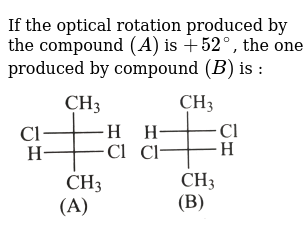



If The Optical Rotation Produced By The Compound A Is 52
If the indicator changes when the lens measure is rotated, the lens surface is toric, with the minimum and maximum readings corresponding to the meridians of power When using a lens measure, keep in mind the instrument is calibrated to read powers of lens materials with a refractive index of 153, therefore higher index materials will have a true power greater than the




Optical Activity Mcc Organic Chemistry




Optical Activity Enantiomers Are Different Compounds Ppt Download




Optical Activity Calculation Of Optical Rotation Chegg Com
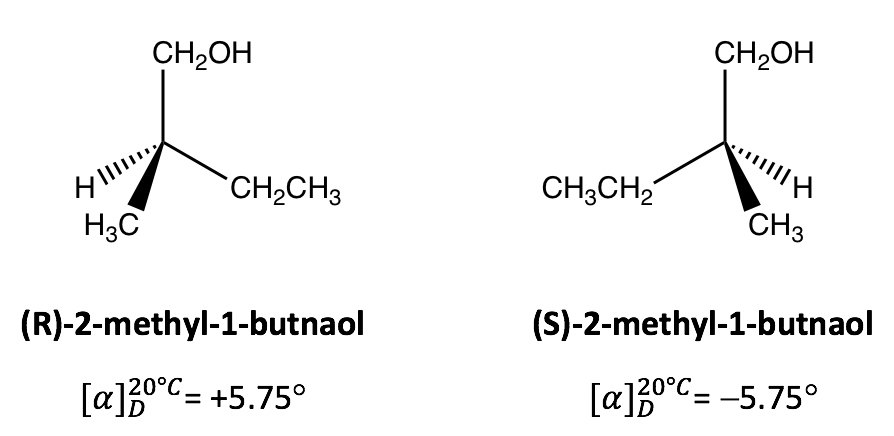



5 4 Optical Activity Organic Chemistry




If The Optical Rotation Produced By Ref Image I Is 36 Then The Optical Rotation Produced By Ref Image Ii




Specific Rotation Equation Vs Optical Rotation Polarimetry




If Optical Rotation Produced By The Compound A Is 65circ Class 12 Chemistry Cbse




If Optical Rotation Produced By The Compound A Is 65circ Class 12 Chemistry Cbse



1




Neet Chemistry Organic Chemistry Some Basic Principles And Techniques Questions Solved
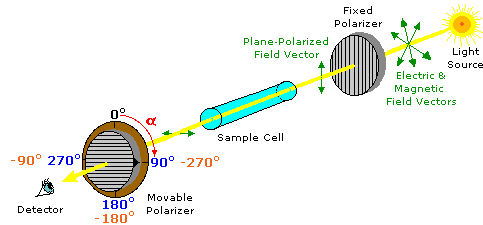



6 7 Optical Activity And Racemic Mixtures Chemistry Libretexts




Specific Rotation Of Sugar Solution Is 0 01 Si Units 0 Kg M 3 Of Impure Sugar Solution Youtube
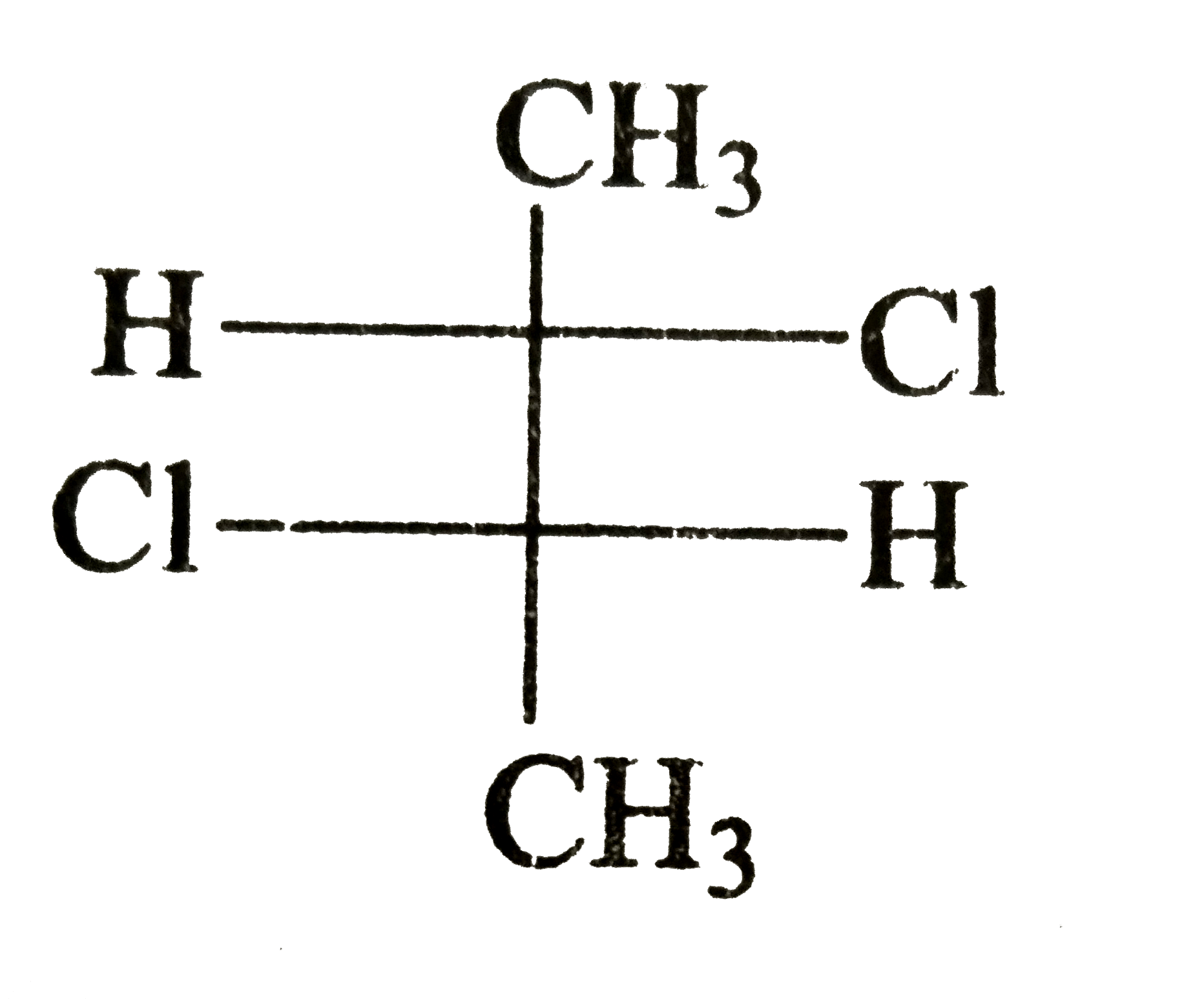



If Optical Rotation Produced By Img Src D10lpgp6xz60nq Cloudfront Net Physics Images z Chm Xi C13 E01 262 Q01 Png Width 80 Is 36 Then That Produced By Img Src D10lpgp6xz60nq Cloudfront Net Physics Images




5 3 Optical Activity Chemistry Libretexts




If The Optical Rotation Produced By The Compound A Is 52 The One Produced By Compound B Is Img Src D10lpgp6xz60nq Cloudfront Net Physics Images Ksv Org P1 C03 E01 072 Q01 Png Width 80



Specific Rotation Ochempal




Neet Questions Solved




Tutoronline Optical Activity
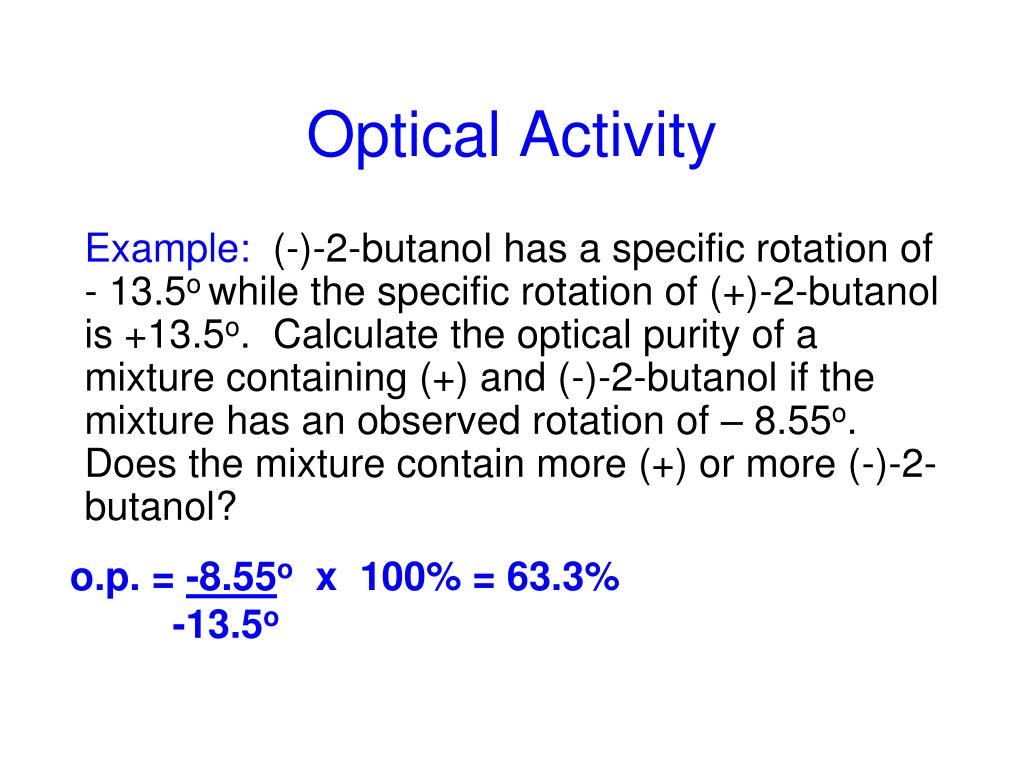



Ppt Optical Activity Optical Rotation Powerpoint Presentation Free Download Id




If Optical Rotation Produced By The Compound A Is 52 O The One Produced By Compound B Is



Difference Between Optical Rotation And Specific Rotation Definition Explanation Calculation




If Optical Rotation Produced By The Compound A Is 65 0 Then Produced By The Compound B Is




25 If Optical Rotation Produced By The Co Organic Chemistry



If Optical Rotation Produced By The Compound A Is 52 The One Produced By Compound B Is Sarthaks Econnect Largest Online Education Community
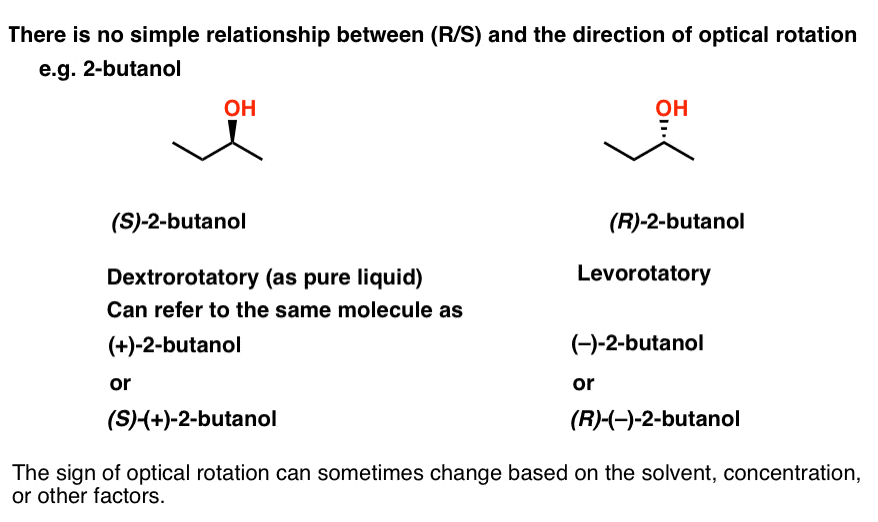



Optical Rotation Optical Activity And Specific Rotation




Optical Rotation An Overview Sciencedirect Topics




5 If Optical Rotation Produced By The Compound Ial Is 65 Then Produced By The Compound B Is Ch H Ho Ch Oh H H Oh Oh Ch Ch A 1 65 3 Zero B 2 65 4 Unpredictable




4 1 Chirality Organic Chemistry 1 An Open Textbook
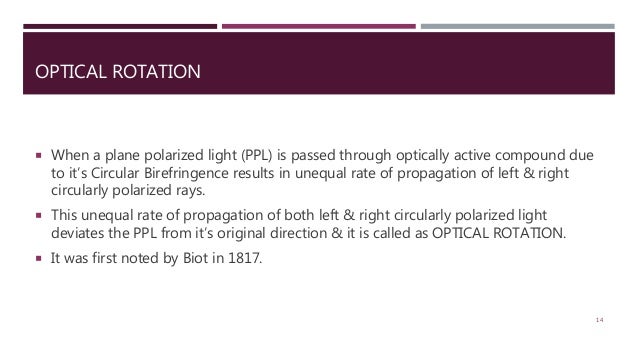



Ord And Cd




Optical Activity Optical Rotation Ppt Download




25 If Optical Rotation Produced By The Co Organic Chemistry




If The Optical Rotation Produced By The Compound A Is 52 The One Produced By Compound B Is Img Src D10lpgp6xz60nq Cloudfront Net Physics Images Ksv Org P1 C03 E01 072 Q01 Png Width 80




32 If The Optical Rotation Produced By Compound I Is 52 Then The Optical Rotation Produced By Brainly In



Osa Optical Rotation Of Polarized Light By Chemical Compounds




If The Optical Rotation Produced By Ref Image I Is 36 Then The Optical Rotation Produced By Ref Image Ii




If The Optical Rotation Produced By Ref Image 1 Is Class 11 Chemistry Cbse
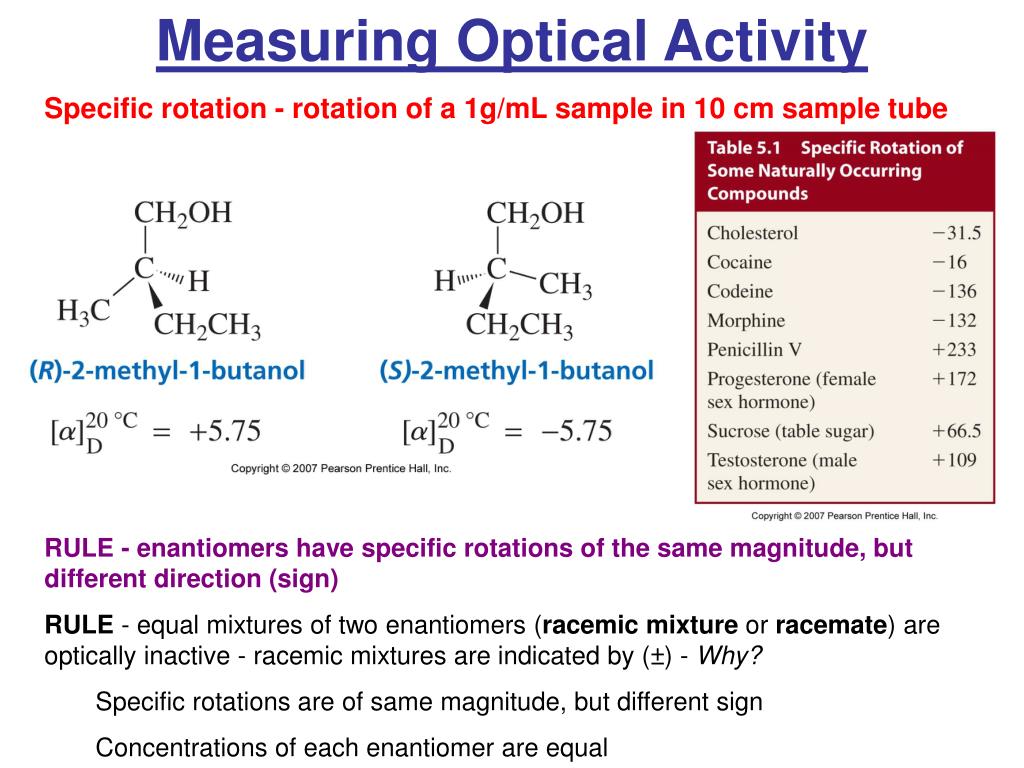



Ppt Organic Chemistry Powerpoint Presentation Free Download Id



1




If The Optical Rotation Produced By The Compound A Is 52 The One Produced By Compound B Is Img Src D10lpgp6xz60nq Cloudfront Net Physics Images Ksv Org P1 C03 E01 072 Q01 Png Width 80
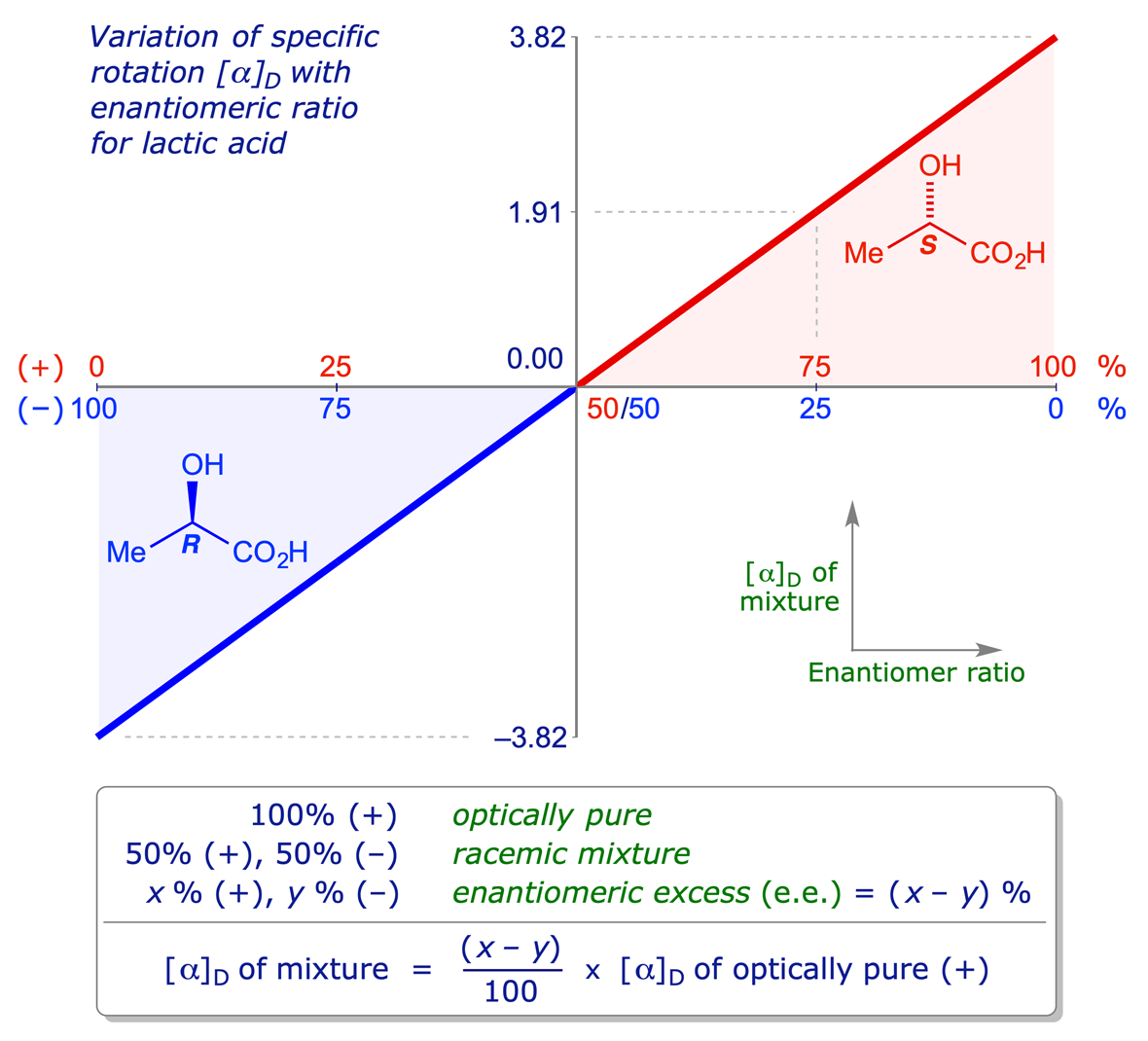



Stereochemistry
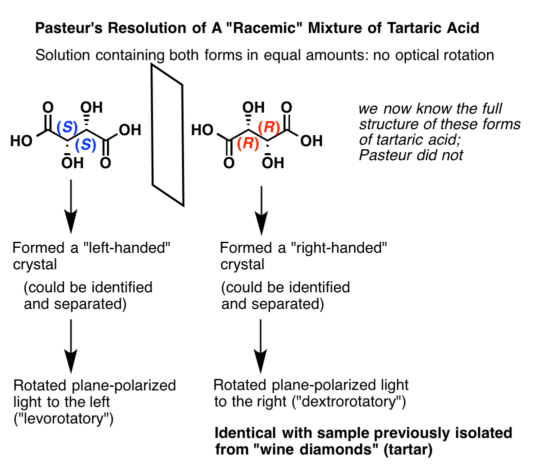



Optical Rotation Liberal Dictionary




Learn About Optically Active Chegg Com
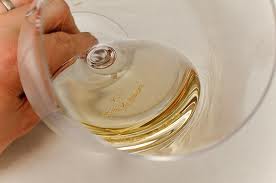



Optical Rotation Optical Activity And Specific Rotation



Osa Optical Rotation Of Polarized Light By Chemical Compounds



Difference Between Optical Rotation And Specific Rotation Definition Explanation Calculation
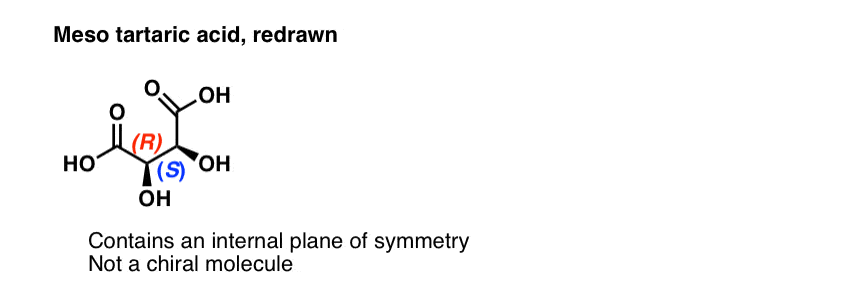



Optical Rotation Optical Activity And Specific Rotation




If Optical Rotation Produced By The Compound A Is 65circ Class 12 Chemistry Cbse
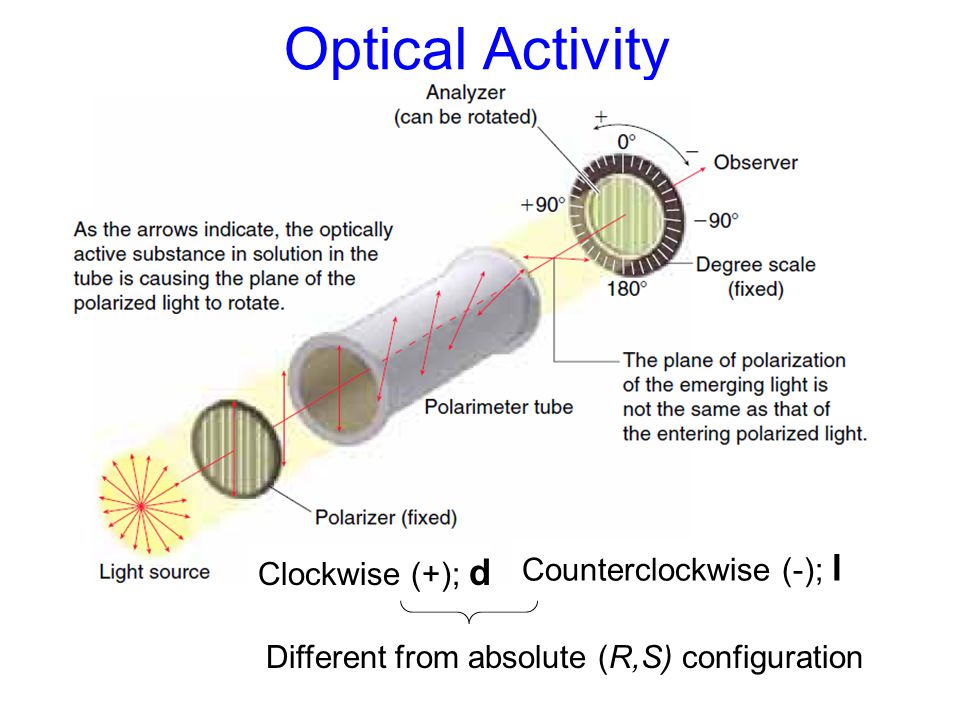



Optical Activity Optical Rotation Ppt Download
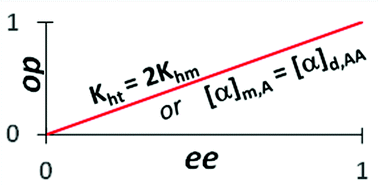



Optical Purity Enantiomeric Excess And The Horeau Effect Organic Biomolecular Chemistry Rsc Publishing




If Optical Rotation Produced By Is 36 Then That Produced By Youtube




If The Optical Rotation Produced By Ref Image I Is 36 Then The Optical Rotation Produced By Ref Image Ii




If The Optical Rotation Produced By Ref Image I Is 36 Then The Optical Rotation Produced By Ref Image Ii




5 10 Points Polarimetry Is An Instrument That Uses Chegg Com
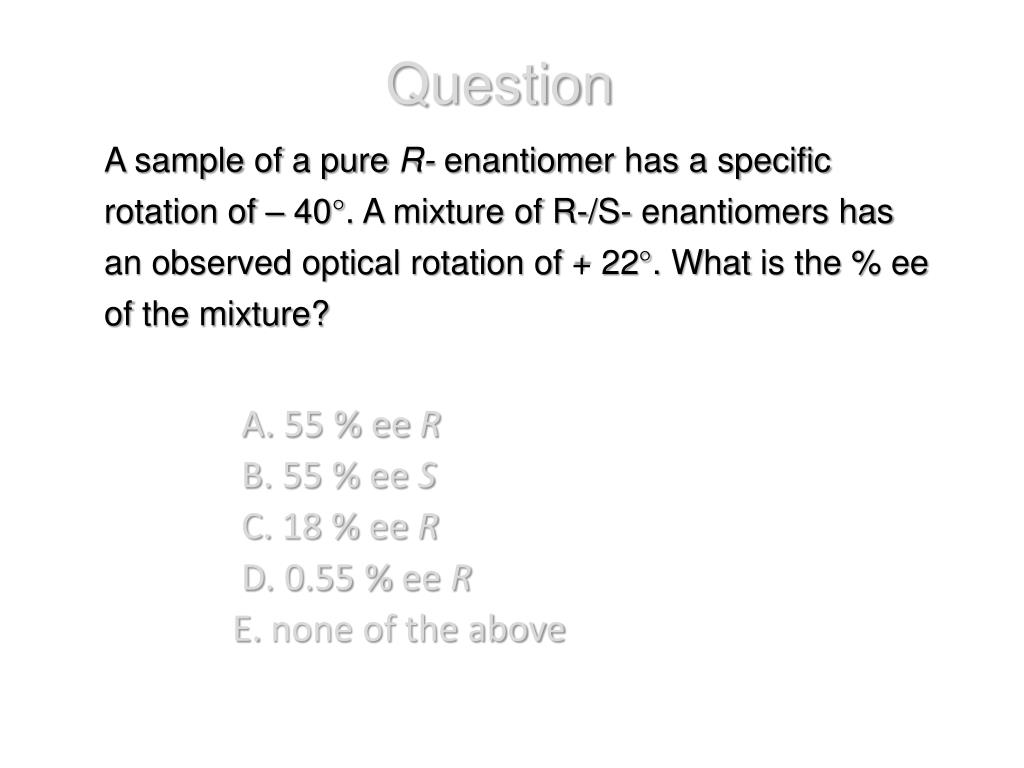



Ppt Optical Activity Optical Rotation Powerpoint Presentation Free Download Id




Optical Rotatory Power An Overview Sciencedirect Topics




If Optical Rotation Produced By Img Src D10lpgp6xz60nq Cloudfront Net Physics Images z Chm Xi C13 E01 262 Q01 Png Width 80 Is 36 Then That Produced By Img Src D10lpgp6xz60nq Cloudfront Net Physics Images




What Is Optical Rotation Definition Formula Applications
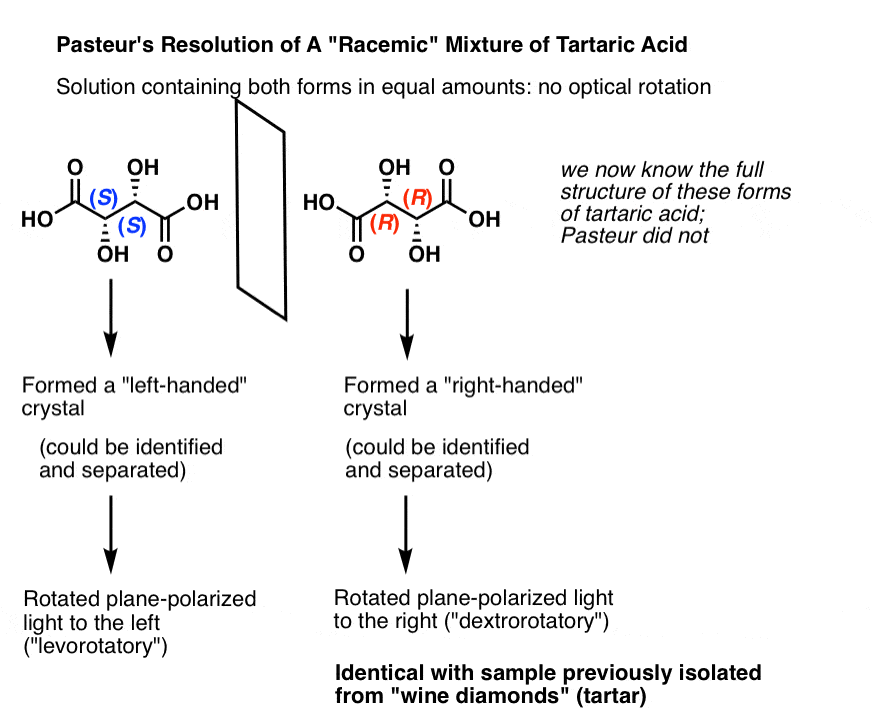



Optical Rotation Optical Activity And Specific Rotation




Optical Rotation Optical Activity And Specific Rotation
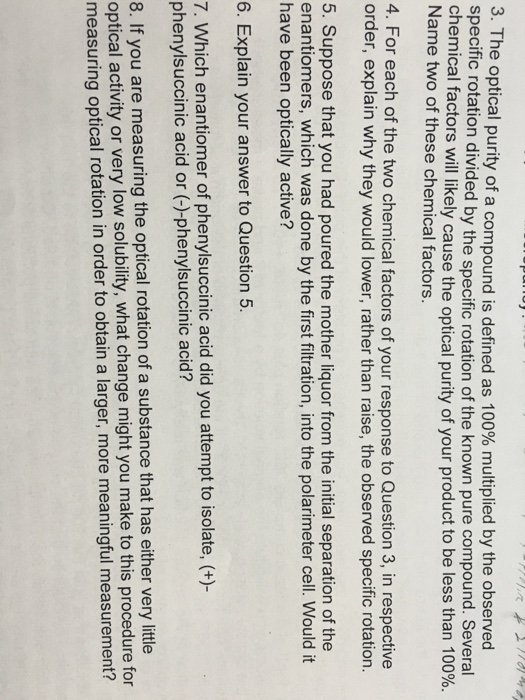



The Optical Purity Of A Compound Is Defined As 100 Chegg Com



If Optical Rotation Produced By A Is 36 Then Optical Rotation Produced By B Will Be Sarthaks Econnect Largest Online Education Community




Basics Of Polarimetry Anton Paar Wiki




If The Optical Rotation Produced By The Compound A Is 52 The One Produced By Compound B Is Img Src D10lpgp6xz60nq Cloudfront Net Physics Images Ksv Org P1 C03 E01 072 Q01 Png Width 80




5 If Optical Rotation Produced By The Compound Ial Is 65 Then Produced By The Compound B Is Ch H Ho Ch Oh H H Oh Oh Ch Ch A 1 65 3 Zero B 2 65 4 Unpredictable
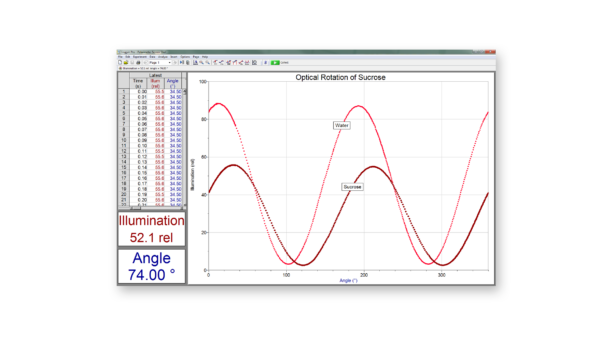



Polarimeter Chemical Vernier




Optical Rotation An Overview Sciencedirect Topics




Optical Rotation Of Sucrose



Difference Between Optical Rotation And Specific Rotation Definition Explanation Calculation




If Optical Rotation Produced By Img Src D10lpgp6xz60nq Cloudfront Net Physics Images z Chm Xi C13 E01 262 Q01 Png Width 80 Is 36 Then That Produced By Img Src D10lpgp6xz60nq Cloudfront Net Physics Images



If Optical Rotation Produced By A Is 36 Then Optical Rotation Produced By B Will Be Sarthaks Econnect Largest Online Education Community




5 4 Optical Activity Because The Structures Of Enantiomers Are So Similar Many Of Their Properties Are Identical If You Have A Sample Of A Chiral Compound Ppt Download



1




If The Optical Rotation Produced By Ref Image I Is 36 Then The Optical Rotation Produced By Ref Image Ii
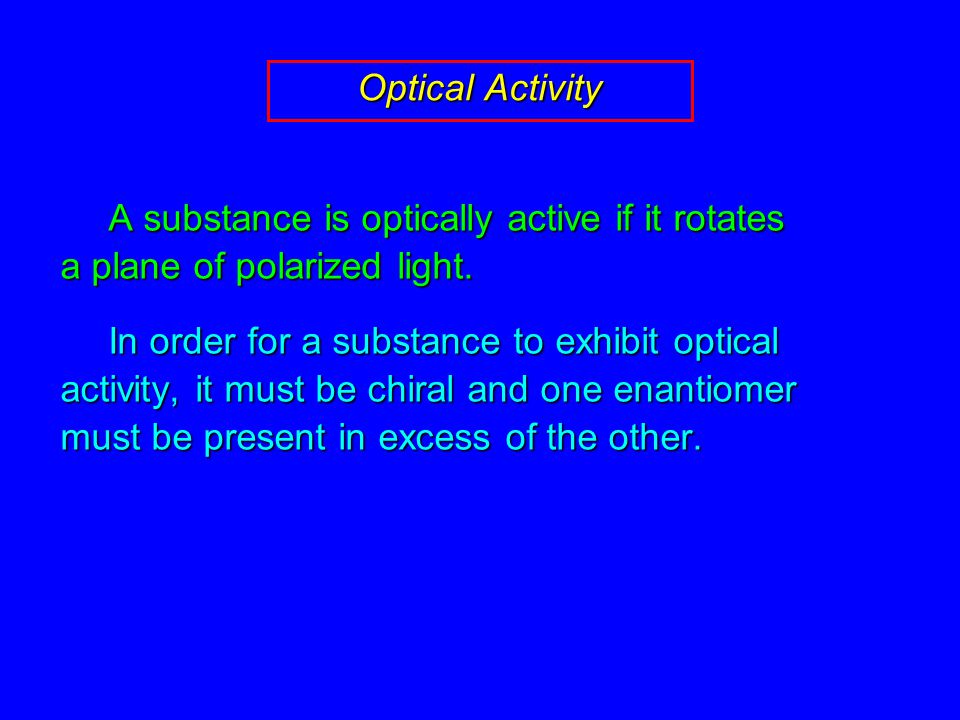



Optical Activity Optical Rotation Ppt Download




32 If The Optical Rotation Produced By Compound I Is 52 Then The Optical Rotation Produced By Brainly In
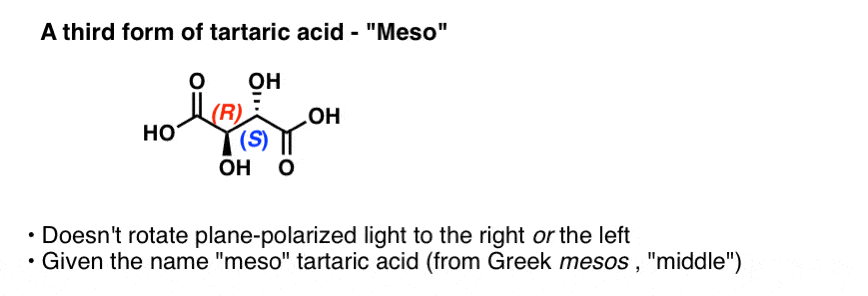



Optical Rotation Optical Activity And Specific Rotation
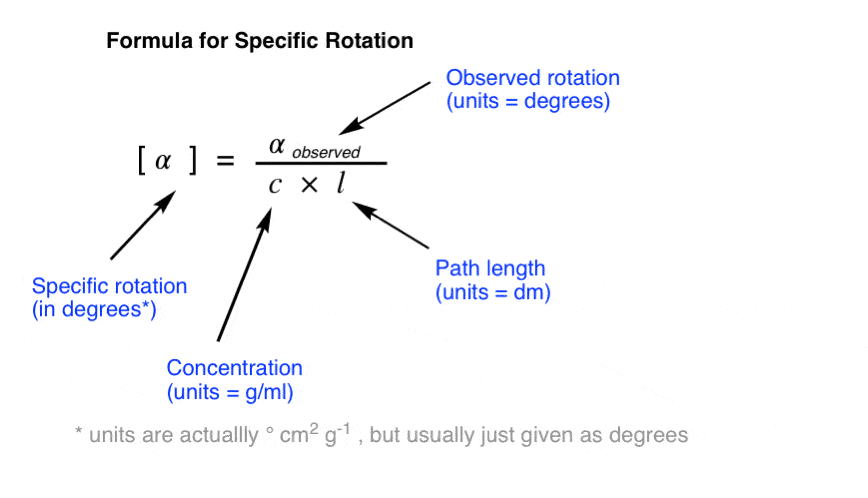



Optical Rotation Optical Activity And Specific Rotation




Basics Of Polarimetry Anton Paar Wiki




If Optical Rotation Produced By The Compound A Is 65 0 Then Produced By The Compound B Is
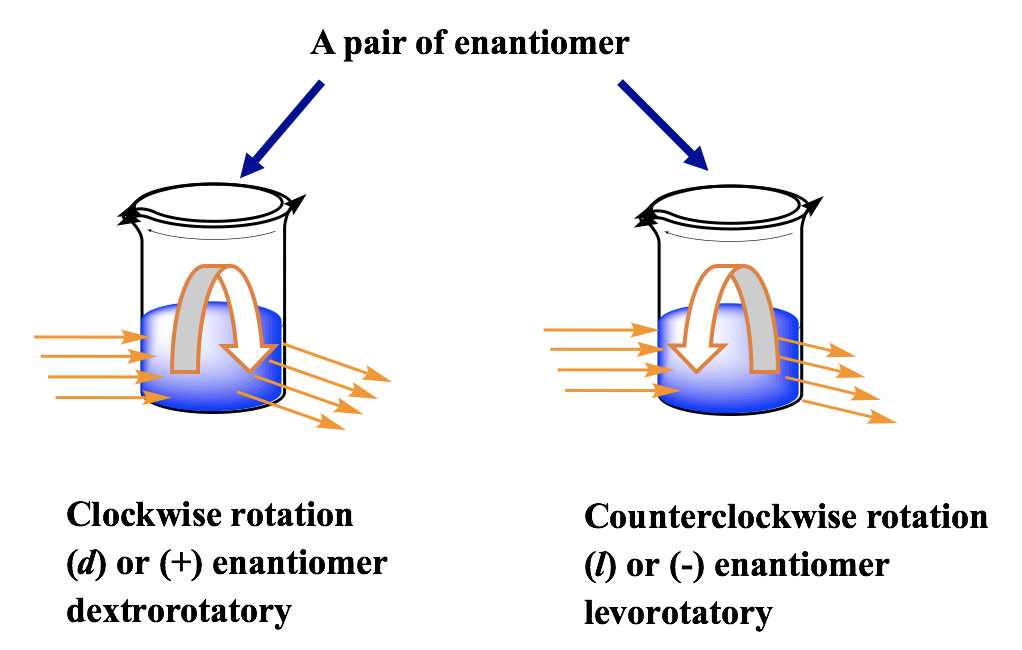



5 4 Optical Activity Organic Chemistry




If Optical Rotation Produced By Is 36 Then That Produced By Youtube
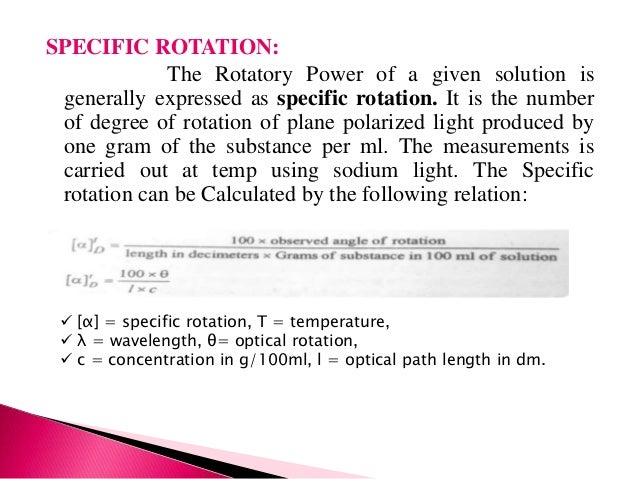



Polarimetry


